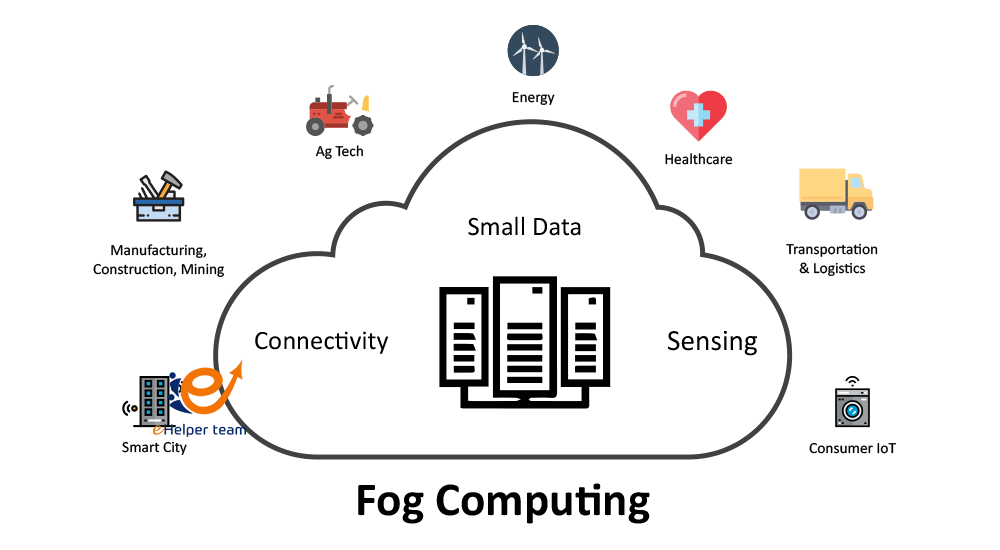Software
How Micropayment Authentication Systems Are Evolving in the 2025 Mobile Ecosystem
- Micropayments have become a linchpin of digital commerce, enabling users to access low-cost services, media, and content across mobile platforms. But as the scale and velocity of these transactions grow, so does the need for robust authentication mechanisms. In 2025, user trust hinges on how quickly, securely, and intuitively a transaction can be verified. This article explores the evolution of micropayment authentication in mobile ecosystems, tracing its development and projecting what lies ahead.
- Definition of Micropayment Authentication Micropayment authentication refers to the processes and technologies used to verify the identity of a user making a low-value transaction—often under $10—through mobile apps, carrier billing, QR/NFC platforms, or digital wallets. It typically involves confirming the user’s identity through credentials like PINs, biometrics, or dynamic tokens.

- Key Technologies in Use Today
1) Biometric Verification:
- Fingerprint and facial recognition provide fast, device-native authentication.
- Widely used in mobile wallets like Samsung Pay, Apple Pay.
2) One-Time Passwords (OTPs):
- Delivered via SMS or in-app, OTPs remain a common layer for added verification.
3) Token-Based Systems:
- Replace sensitive payment data with encrypted tokens to mitigate risk.
4) Carrier Billing Identification:
- Ties authentication to SIM and network credentials, often requiring no user input.
- New Trends in 2025
1) AI-Powered Behavior Analysis
- Systems now use behavioral biometrics—like how a person taps, scrolls, or holds their phone—to silently validate identity in real-time.
2) Multi-Layered Verification
- Combining device recognition, biometrics, PINs, and dynamic risk scoring to decide authentication depth based on context.
3) Blockchain-Based ID Verification
- Decentralized identity records enable cross-platform verification without storing credentials centrally.
4) Embedded Hardware Keys
- Phones now come with hardware-secure elements that store biometric data and process transactions locally.
5) Risk-Adaptive Authentication
- Systems adjust their stringency dynamically based on user behavior patterns, location, device health, and transaction type.
- Advantages
- Faster Checkout: Users can complete transactions with minimal effort.
- Lower Fraud Rates: Multi-factor and behavioral checks reduce identity spoofing.
- Scalable Infrastructure: Secure SDKs now make it easier for developers to integrate robust auth flows.
- Enhanced UX: Most modern systems are designed to work quietly in the background, reducing user burden.
- Challenges
- Privacy Concerns: Behavioral data collection must be transparent and consent-based.
- Device Dependence: Hardware-based security only works on newer devices.
- Regulatory Fragmentation: Different countries apply varying rules on identity and data protection.
- Strategic Guide for Implementation
- Begin with biometric authentication as a base layer.
- Add OTPs or device ID as a fallback.
- Integrate behavioral analytics to passively detect anomalies.
- Localize compliance features (GDPR, CCPA, etc.).
- Perform periodic audits and penetration tests.
- Sample Table:
| Method | Speed | Security | Device Dependent | UX Impact | |
| Biometric + Token | High | High | High | Yes | Low |
| OTP + PIN | Medium | Medium | Medium | No | Medium |
| Behavioral Analytics | High | High | High | Yes | Very Low |
| Blockchain ID | Medium | Very High | Very High | No | Medium |
- Frequently Asked Questions Q1: Are AI-based systems prone to false positives? A1: If not properly trained, yes. But continuous learning models are reducing this.
Q2: Can authentication happen offline? A2: Some biometric and token systems now support offline modes using cached credentials.
Q3: Is biometric data safe? A3: When stored in a phone’s secure element and never transmitted, yes.
- Midpoint Focus: Amid these technological shifts, one rising concern involves fraudulent patterns in systems enabling 소액결제 현금화the unauthorized conversion of micropayment credits into cash. While some users pursue this for liquidity, platforms must detect and prevent misuse to preserve the ecosystem’s integrity.
- Conclusion The evolution of micropayment authentication in 2025 centers on balancing security, user experience, and compliance. With AI, blockchain, and adaptive verification now converging, mobile ecosystems are heading toward a future where authentication is not just about access—but about seamless trust.



